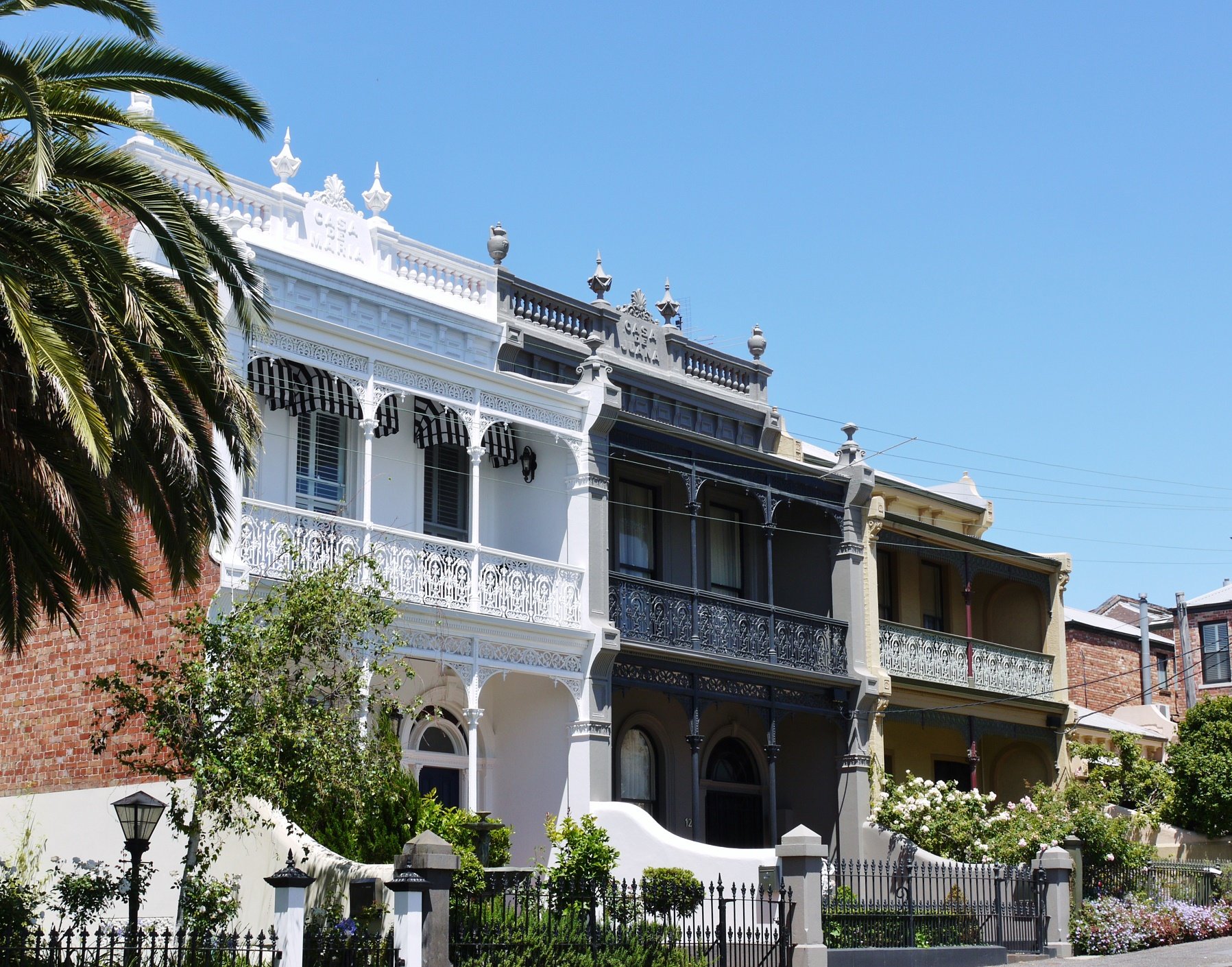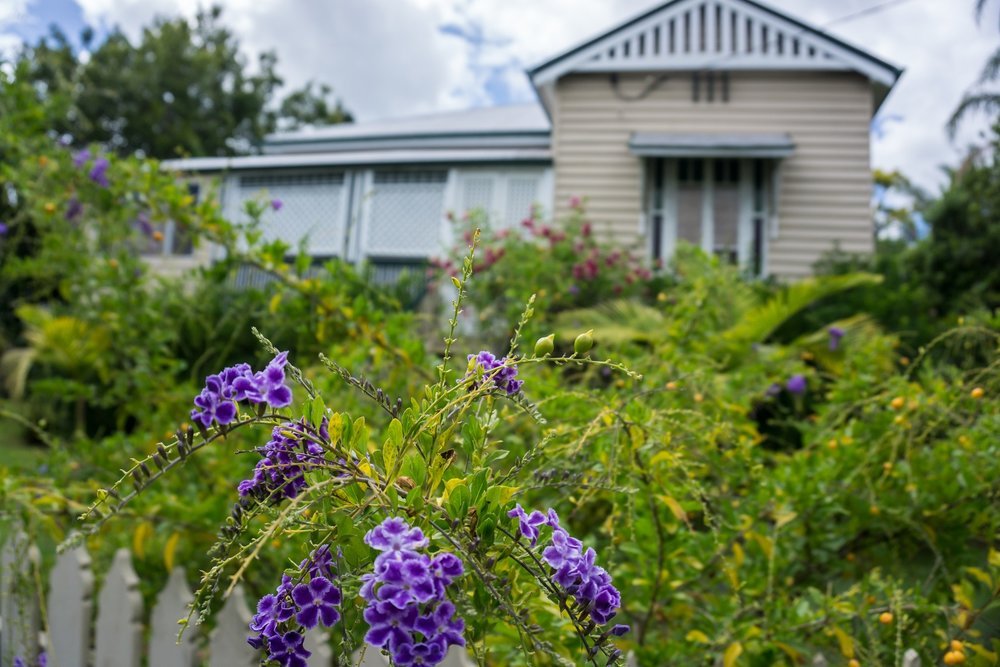
WHAT RETURNS SHOULD I MAKE FROM PROPERTY INVESTMENT?
At the end of the day, property investment is about one thing - return on investment. So what kind of returns should you expect from an investment property?
WHERE DOES MY RETURN COME FROM?
Two areas - rental yield and capital growth.
Rental yield is income you receive each year from the tenant in your investment property, measured as a percentage of the value of the overall property. Gross rental yield is the amount of rent your tenant is paying, and net rental yield is the amount you pocket after all of your costs, such as management, maintenance, rates, water and insurance. If you have a property worth $1,000,000, your tenant pays $50,000 per year in rent and you pay $10,000 a year in costs, you have a gross rental yield of 5%, and a net rental yield of 4%.
Capital growth is the appreciation of the value of the asset itself. This can be a negative return, if the value of the asset declines. If you a buy a property worth $1,000,000 and it increases in value over 5 years to $1,500,000, then you have achieved capital growth of 50% overall, or 8.44% per annum.
WHAT RETURN SHOULD I EXPECT FROM MY INVESTMENT PROPERTY?
The ASX and Russell Investment's Long-Term Investing Report determined that the average gross (before tax) return from residential property from 1998-2018 was 10.2% per annum.
Read the Long-Term Investing Report here
Property is a growth asset, not a defensive one, and as such should comfortably outperform the rate of inflation over the long-term. If held only for the short-term, you run the risk of negative returns due to capital losses.
Australian Residential Property has provided quality returns over the past 20 years, matching Australian Shares and vastly outpacing inflation.
WHAT DIFFERENCE DOES LOCATION MAKE TO MY RETURN?
10.2% per annum is a great rate of return, and most investors would take that every day of the week. Indeed, if every property investor achieved these returns, Australia would have a lot more property investors than it does currently (Only 10% of adult Australians own an investment property). Unfortunately, results vary dramatically depending on where you choose to invest.
Let's look at some examples from Queensland, from 1994 until the end of 2024. Australian property has a good run over this time, driven by financial deregulation, greater workforce participation and an economy 25 years now with only a single (COVID-induced) recession. So returns should be good. How did different locations perform?
One investor buys an established house in Wavell Heights in Brisbane, around 12 kms north from the CBD at the median price of $130,000. The median price in the suburb is now $1,312,000, which is a gain of $1,187,000 and means a return from capital growth of 8.01% per annum. It's harder to calculate return from rent, as we don’t have available data about median rents by year going back 30 years, but the median rent is now $700 per week, which is a gross rental yield of 28% per annum on the original purchase price.
Another investor bought a property in a new housing estate in the suburb of Kallangur, 30kms from Brisbane' CBD, at the median price of $106,000. 30 years on, the median price is now $730,000, which is a gain of $624,000, or 6.64% per annum. Not a bad return by any means, but it’s a substantially lower return than that of the Wavell Heights property. Kallangur likely had a higher rental yield than Wavell Heights to begin with, and still does, but its median rent of $560 per week is a lower rental yield on the original purchase price - 27.4% instead of 28%
Established properties closer to the CBD have outperformed newer properties in the outer suburbs, both in capital growth and overall rental return.
A third investor bought a house in Townsville, in the new suburb of Annandale. They shelled out $177,000 for the property. The median price in the suburb is now $615,000. This is a growth rate of only 4.23%, and is a much lower gain on a much higher outlay. The median rent today of $580 confers a rental yield of 17% on the original purchase price, again, well below the other examples.
So location can make a big difference in how your property performs. An established house in an inner suburb comfortably beat a new property in an outer suburb, while both capital city properties outperformed their regional counterpart. It's also clear that while a strong rental yield is important, so is the growth in the absolute rental return from the property. This is why the Wavell Heights property outperformed Kallangur in rental return, even though it has a lower rental yield.
This is a theme repeated throughout Australia. Capital cities and major well-connected regional centres have provided the strongest and most stable growth, and the inner suburbs providing better returns than the outer suburbs.
Investing in smaller regional areas can involve greater volatility than capital cities, and frequently leads to lower investment returns.
Want to learn more?
Book a free consultation today with one of our independent property advisors
Or download any of our free reports
Learn in detail about different types of investment property, and which will be in the highest demand but shortest supply in the future
An independent guide to the best location and property types to invest in in SE-QLD, with in depth research and historical data
Learn how to successfully and safely invest in the booming Gold Coast property market with our detailed report






